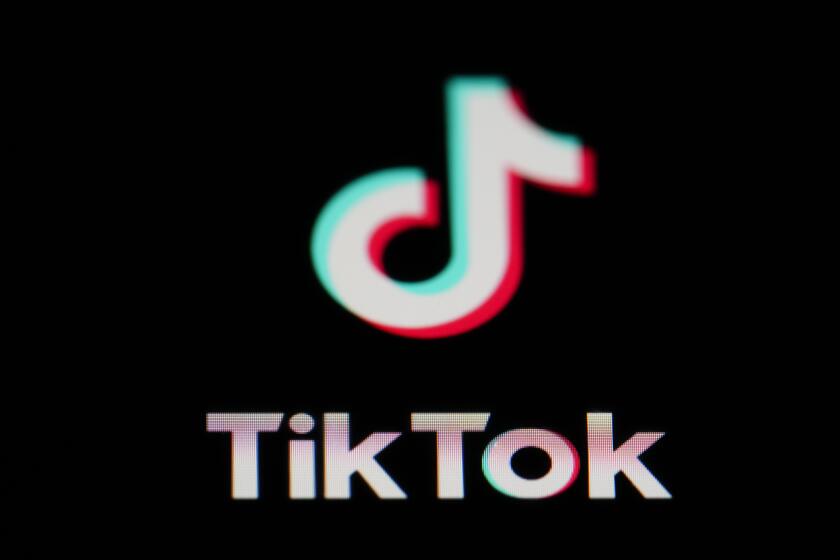SECOND OPINIONS : Making Tolerance a Part of the Curriculum : A program to teach about prejudice and improve relationships needs the support of officials, parents and the community to be successful.
- Share via
Anumber of Hughes Aircraft retirees, including myself, have been volunteering at Mulholland Middle School (sixth through eighth grades) for the past five years, supporting teachers in the areas of math and science. As we moved around the campus and lectured in the classrooms, we initially worried about violence among the students and guns on the campus. Recently, conditions seem to have improved greatly, and I think this is because of our education program, initiated over the past two years.
The Van Nuys school’s population, at last count, was 1,371 students. The ethnic breakdown is 6.8% African American, 65.6% Latino, 2.6% Asian, 22.4% white and 2.6% other groups.
Two years ago, one of our volunteers, whom I assisted, asked students to fill out a questionnaire on guns and violence on campus. Our results indicated that 91% of the students felt safe and 78% would report anyone who carried a weapon on campus. However, it was noted that racial violence seemed to be getting worse, and we thought this was largely related to intolerance. When we would ask what a fight was about, we would find its roots in racism and prejudice.
The results of the first questionnaire, on gun violence, made me think that a second project, on racism and prejudice, was needed. I also had been volunteering at the Museum of Tolerance since its opening and thought it would be an excellent resource for us on the subjects of racism, prejudice, bigotry and intolerance.
So I prepared another questionnaire. In this case, it was to determine what the students knew about these subjects, what they experienced of prejudice and whether they could be responsible for its suppression. In analyzing the results, we found that 40% of the students did not know what “prejudice” means, 49% did not know the difference between prejudice and disliking someone, and 52% did not know what “tolerance” means. We also asked what words the students considered prejudicial. It gave us some surprising results. We found that the students knew far more words they considered prejudicial than the standard ones we were familiar with.
After getting results from the questionnaires, we decided to use the Museum of Tolerance as a study center. Before setting up a trip, we worked with eighth-grade students studying racism and intolerance (through books and lectures) and specifically the Holocaust. The idea was to show students what can happen to a democratic country with laws and voting rights when times became hard, and then compare this to America. Before going to the museum, students were given an orientation so they would know what to expect. After students visited the museum and studied its messages, another session was scheduled to determine if anything was learned. They responded by beginning to contribute to the discussion and showing understanding of the subject.
The problem of ethnic violence continues, and the lack of materials, personnel and funding in the schools doesn’t help. Students have language problems among themselves, which leads to misunderstanding. This affects concentration in class, resulting in poor grades and absenteeism. Finally, it spills over into the community. Our questionnaires were most valuable because they made it clear to us that the students do not understand the nature of the problem. Our results were submitted to L.A. Unified School District Supt. Sid Thompson, the Board of Education and our local councilwoman, Laura Chick. Their response was positive.
In addition, our program has gotten attention on campus. Teachers have been supportive, and I have been urged to pursue another such questionnaire and visit to the museum. This time, results will be analyzed by grade level to see what success we have with each level. In addition, teachers are beginning a program of conflict resolution that uses students as mentors to attempt to resolve conflicts between arguing parties. Mulholland is not the only school doing this; conflict resolution has been demonstrated elsewhere with positive results.
We are aware of the ethnic problems affecting society. How many of us want to improve relationships and relieve the frustrations that are around us? What we need is the support of officials, parents and the community to strongly pursue this type of program. It is hoped that success breeds success.
More to Read
Sign up for Essential California
The most important California stories and recommendations in your inbox every morning.
You may occasionally receive promotional content from the Los Angeles Times.










